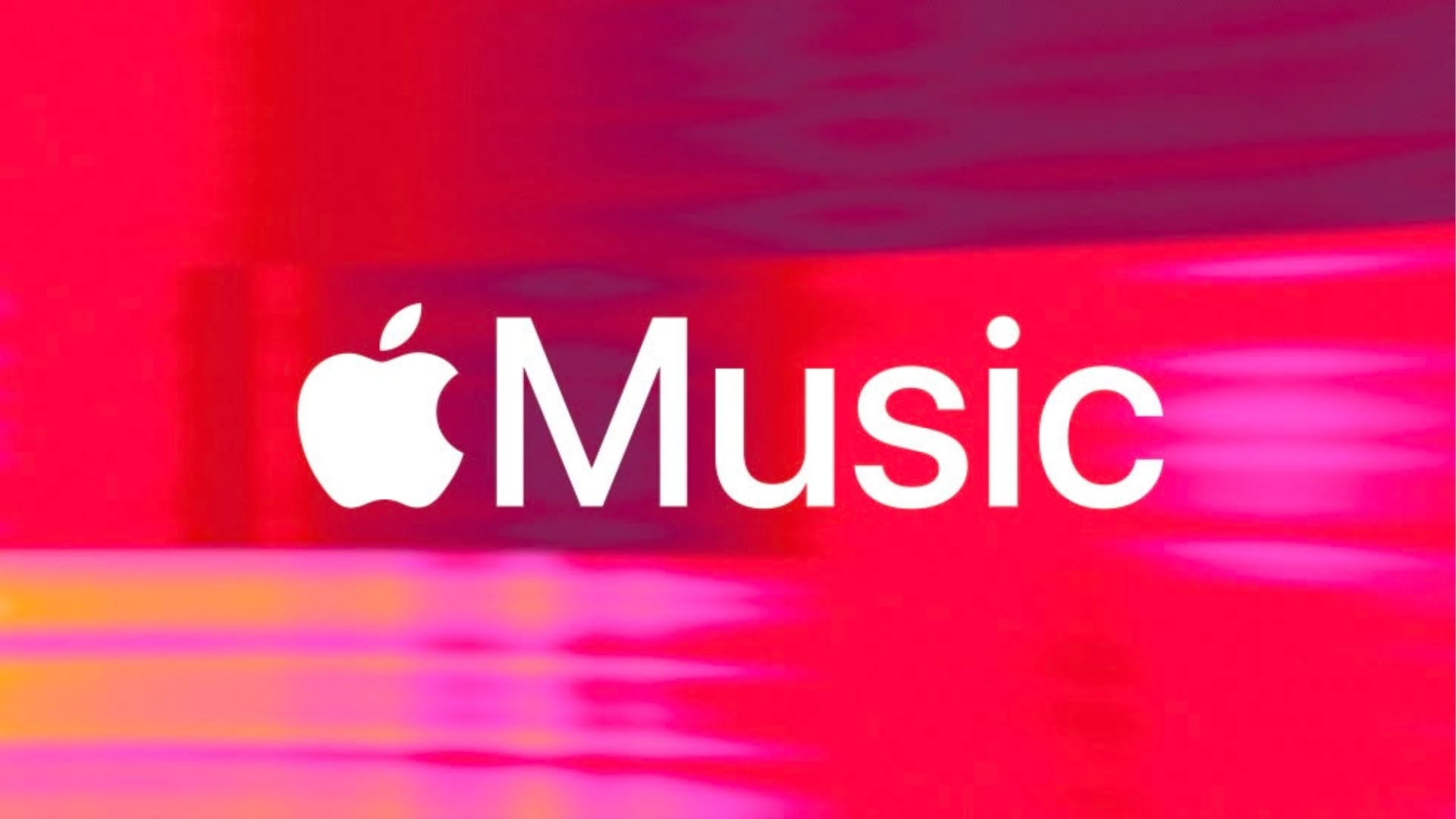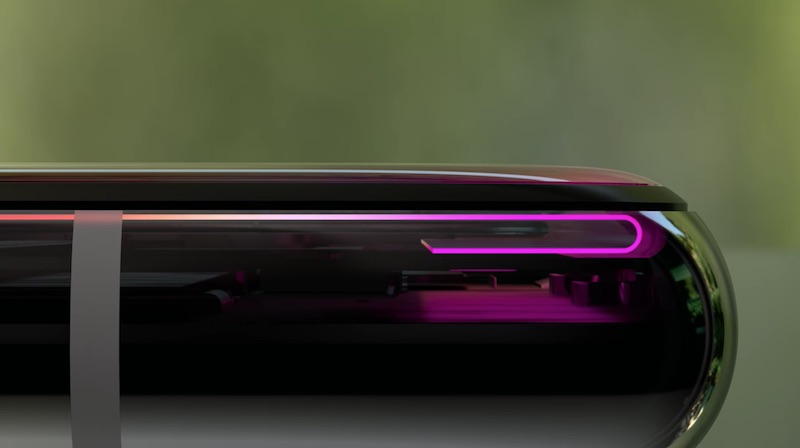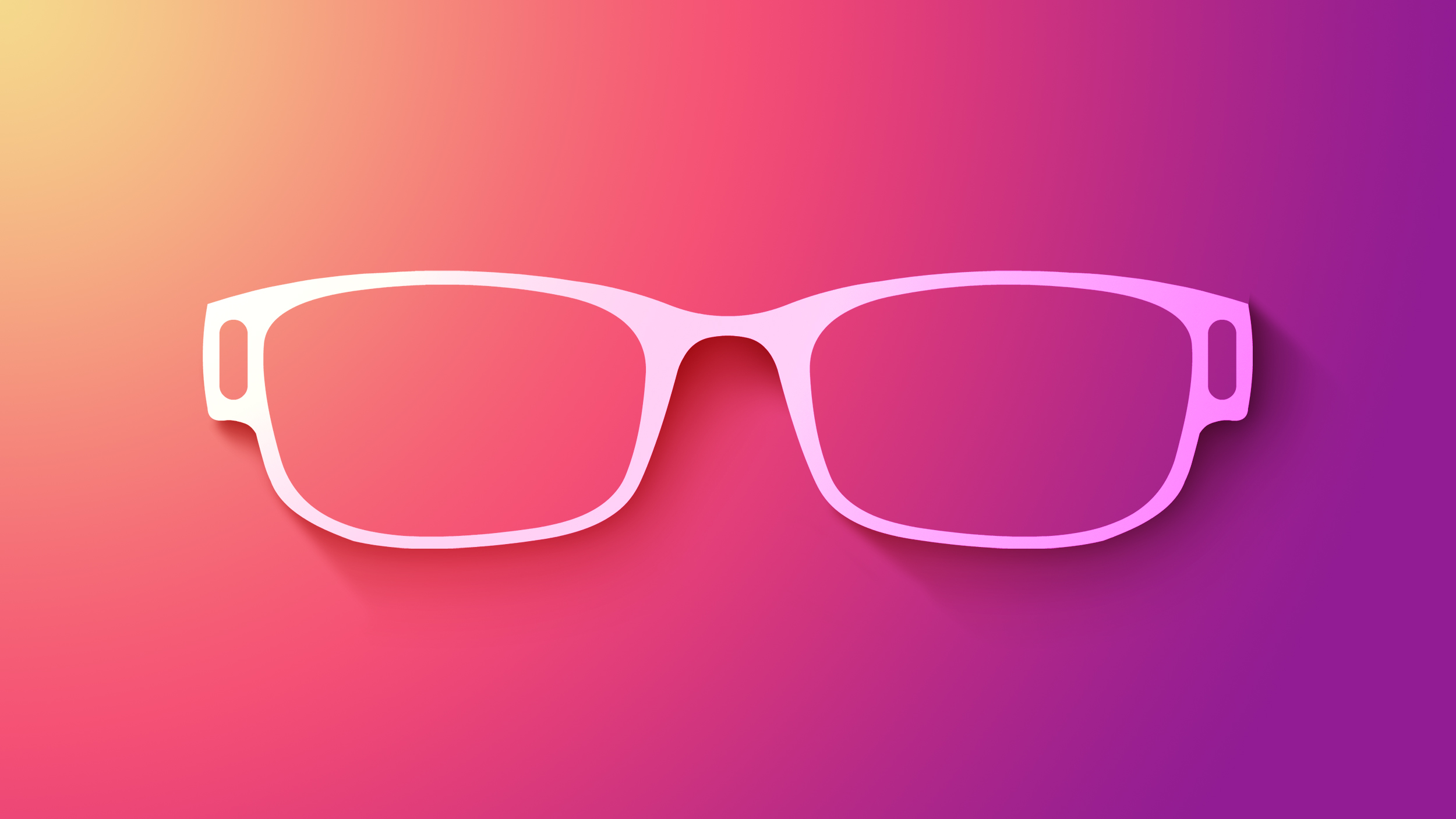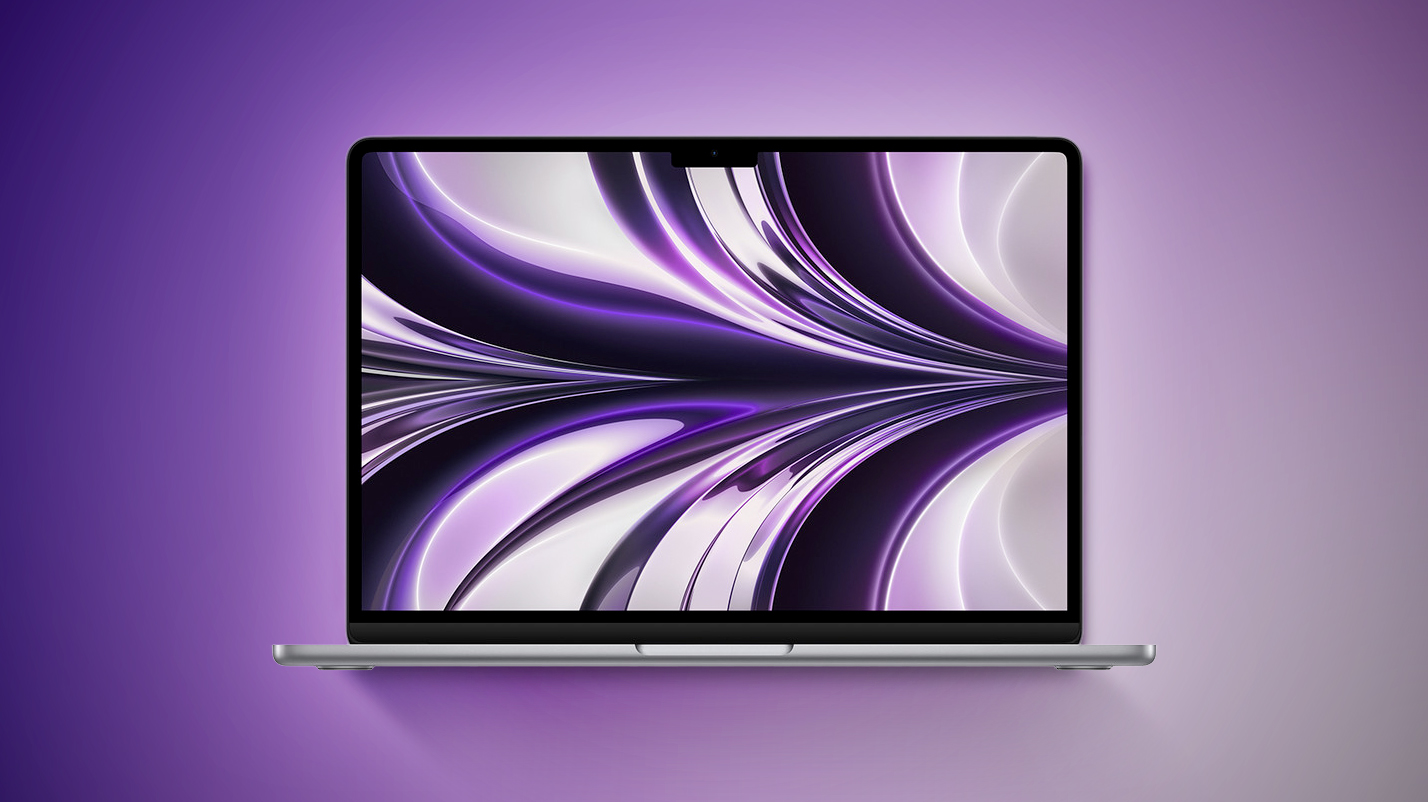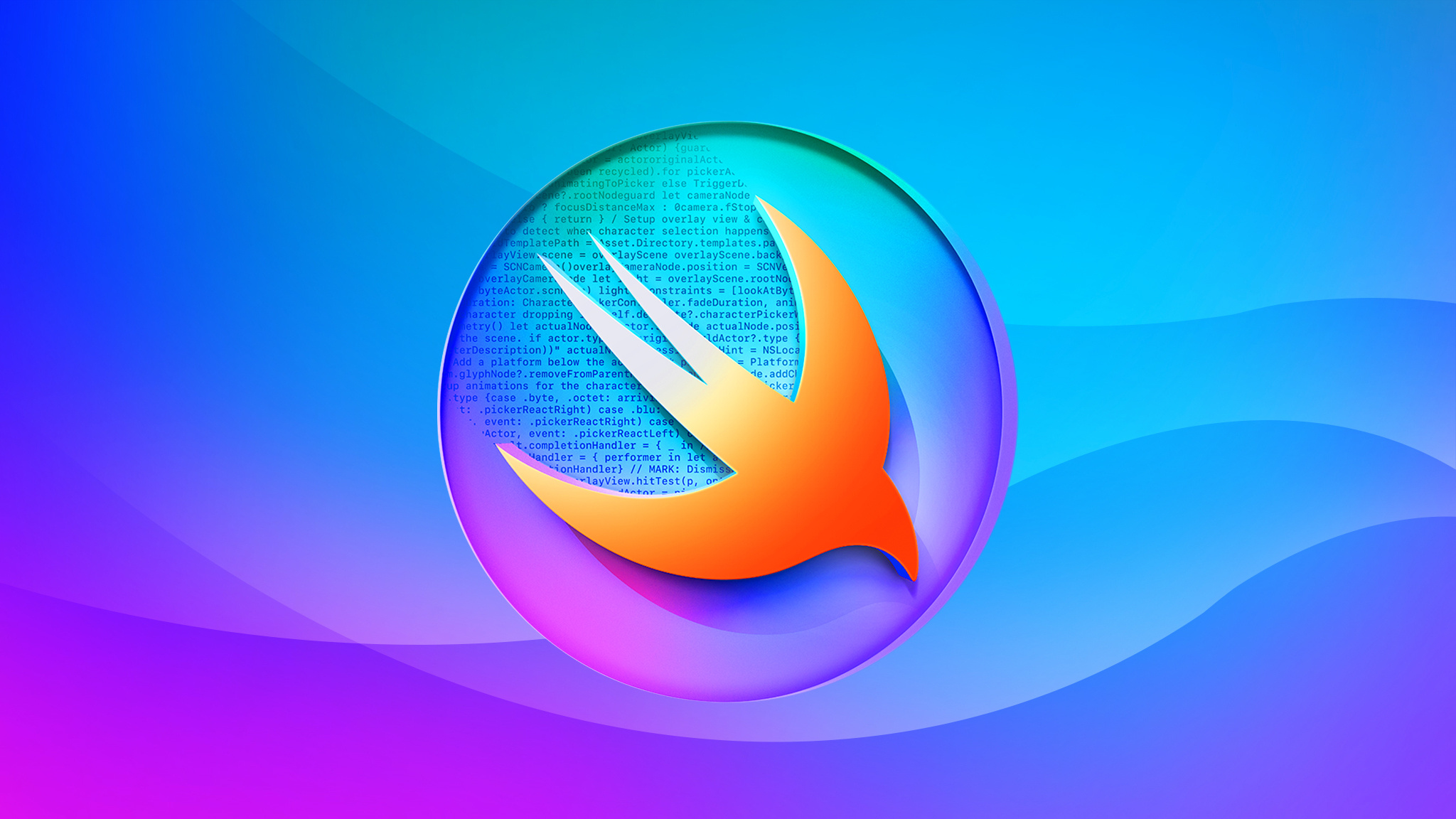iPhone Sales Finally Bounce Back in China
Apple saw its first year-over-year iPhone sales growth in China in two years during the second quarter of 2025, according to new data from Counterpoint Research, marking a temporary reversal of a prolonged decline in one of its most strategically critical markets.
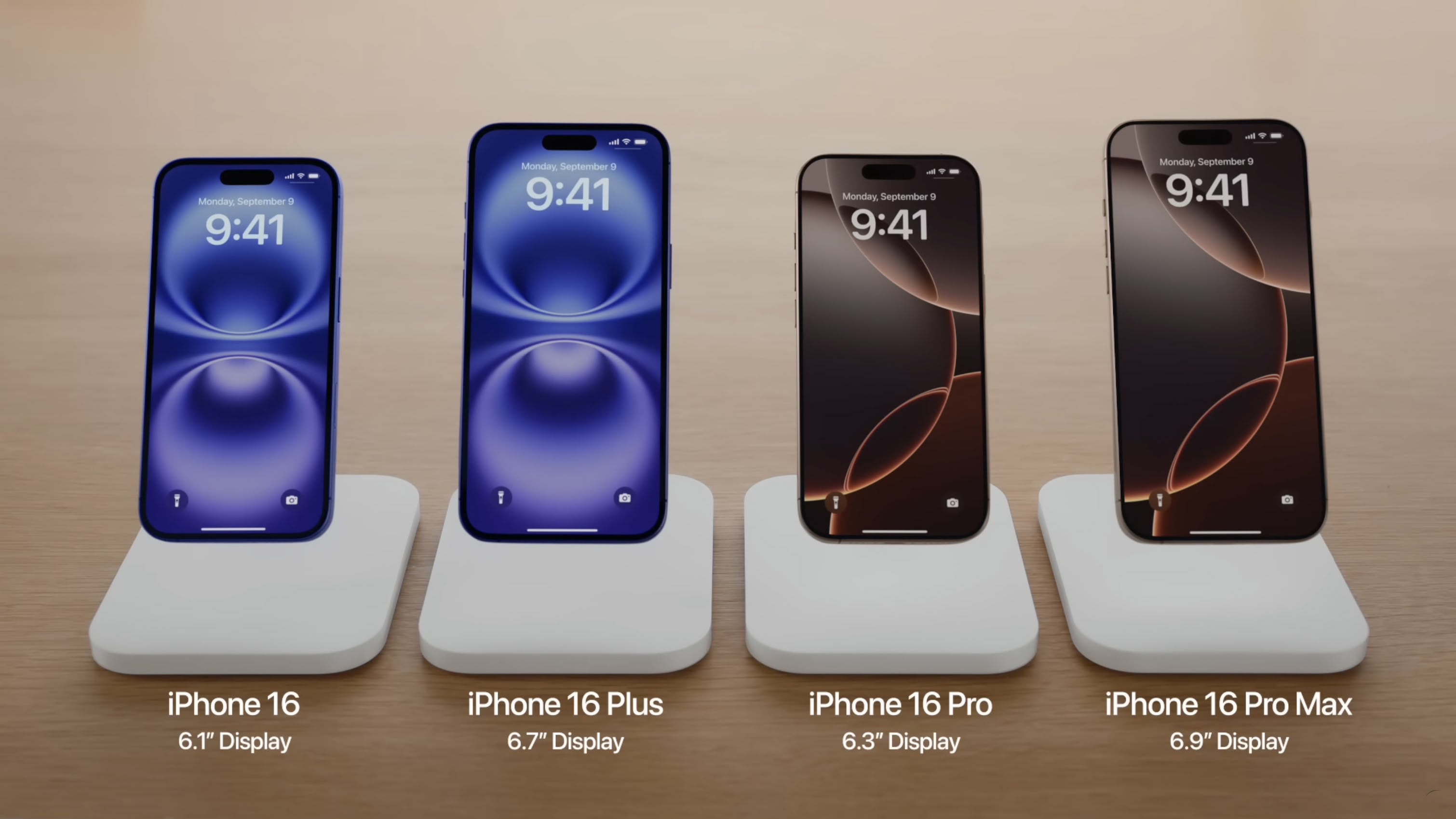
The data indicates that iPhone sales in mainland China grew 8% year-over-year between April 1 and June 22, 2025. This period represents Apple's first quarterly sales increase in the region since the second quarter of 2023. The growth is attributed primarily to aggressive price adjustments in May, ahead of the country's mid-year 618 shopping festival, and bolstered by a national subsidy program that supported smartphone purchases.
In May, Chinese e-commerce platforms such as JD.com and Tmall started offering heavy discounts on the iPhone 16 lineup, in some cases offering up to 2,530 yuan ($351) off retail prices. Simultaneously, Apple increased the value of trade-in credits for older iPhone models to incentivize upgrades. Select devices priced below 6,000 yuan purchased directly from Apple also qualified for up to 500 yuan in government subsidies, with certain Mac models eligible for discounts of as much as 2,000 yuan.
Apple's rebound in China follows a prolonged downturn. From the third quarter of 2022 through the first quarter of 2025, Apple experienced year-over-year revenue declines in China for all but one quarter. Contributing factors included persistent trade tensions, regulatory pressure, restrictions on iPhone use in government-linked workplaces, and competition from resurgent domestic brands. In the first quarter of 2025, Apple was the only major smartphone manufacturer to report a shipment decline in China.
During the second quarter of 2025, Huawei led all manufacturers in China by growth and market share, posting a 12% year-over-year sales increase, followed by Vivo, which experienced a 9% decline. Apple ranked third in overall unit shipments.
Apple also faces competition from Xiaomi and Oppo, which continue to target price-sensitive segments with hardware offerings that are broadly comparable with Apple's, but at a lower cost. Counterpoint claims that the Chinese smartphone market as a whole grew by approximately 1% during the quarter.
Still, Counterpoint analysts warn that Apple's growth in the second quarter may not persist into the second half of the year, partly because the national subsidy on smartphones is likely to be scaled back during the second half of 2025.
China is a crucial market for Apple. The country is believed to account for around 20% of global iPhone sales. Apple is scheduled to report its fiscal third-quarter earnings on July 31, which should include final figures for the April to June period covered in the Counterpoint analysis. The results ought to provide a fuller picture of the company's performance in China and other global markets.
This article, "iPhone Sales Finally Bounce Back in China" first appeared on MacRumors.com
Discuss this article in our forums

The data indicates that iPhone sales in mainland China grew 8% year-over-year between April 1 and June 22, 2025. This period represents Apple's first quarterly sales increase in the region since the second quarter of 2023. The growth is attributed primarily to aggressive price adjustments in May, ahead of the country's mid-year 618 shopping festival, and bolstered by a national subsidy program that supported smartphone purchases.
In May, Chinese e-commerce platforms such as JD.com and Tmall started offering heavy discounts on the iPhone 16 lineup, in some cases offering up to 2,530 yuan ($351) off retail prices. Simultaneously, Apple increased the value of trade-in credits for older iPhone models to incentivize upgrades. Select devices priced below 6,000 yuan purchased directly from Apple also qualified for up to 500 yuan in government subsidies, with certain Mac models eligible for discounts of as much as 2,000 yuan.
Apple's rebound in China follows a prolonged downturn. From the third quarter of 2022 through the first quarter of 2025, Apple experienced year-over-year revenue declines in China for all but one quarter. Contributing factors included persistent trade tensions, regulatory pressure, restrictions on iPhone use in government-linked workplaces, and competition from resurgent domestic brands. In the first quarter of 2025, Apple was the only major smartphone manufacturer to report a shipment decline in China.
During the second quarter of 2025, Huawei led all manufacturers in China by growth and market share, posting a 12% year-over-year sales increase, followed by Vivo, which experienced a 9% decline. Apple ranked third in overall unit shipments.
Apple also faces competition from Xiaomi and Oppo, which continue to target price-sensitive segments with hardware offerings that are broadly comparable with Apple's, but at a lower cost. Counterpoint claims that the Chinese smartphone market as a whole grew by approximately 1% during the quarter.
Still, Counterpoint analysts warn that Apple's growth in the second quarter may not persist into the second half of the year, partly because the national subsidy on smartphones is likely to be scaled back during the second half of 2025.
China is a crucial market for Apple. The country is believed to account for around 20% of global iPhone sales. Apple is scheduled to report its fiscal third-quarter earnings on July 31, which should include final figures for the April to June period covered in the Counterpoint analysis. The results ought to provide a fuller picture of the company's performance in China and other global markets.
Tags: China, Counterpoint
This article, "iPhone Sales Finally Bounce Back in China" first appeared on MacRumors.com
Discuss this article in our forums
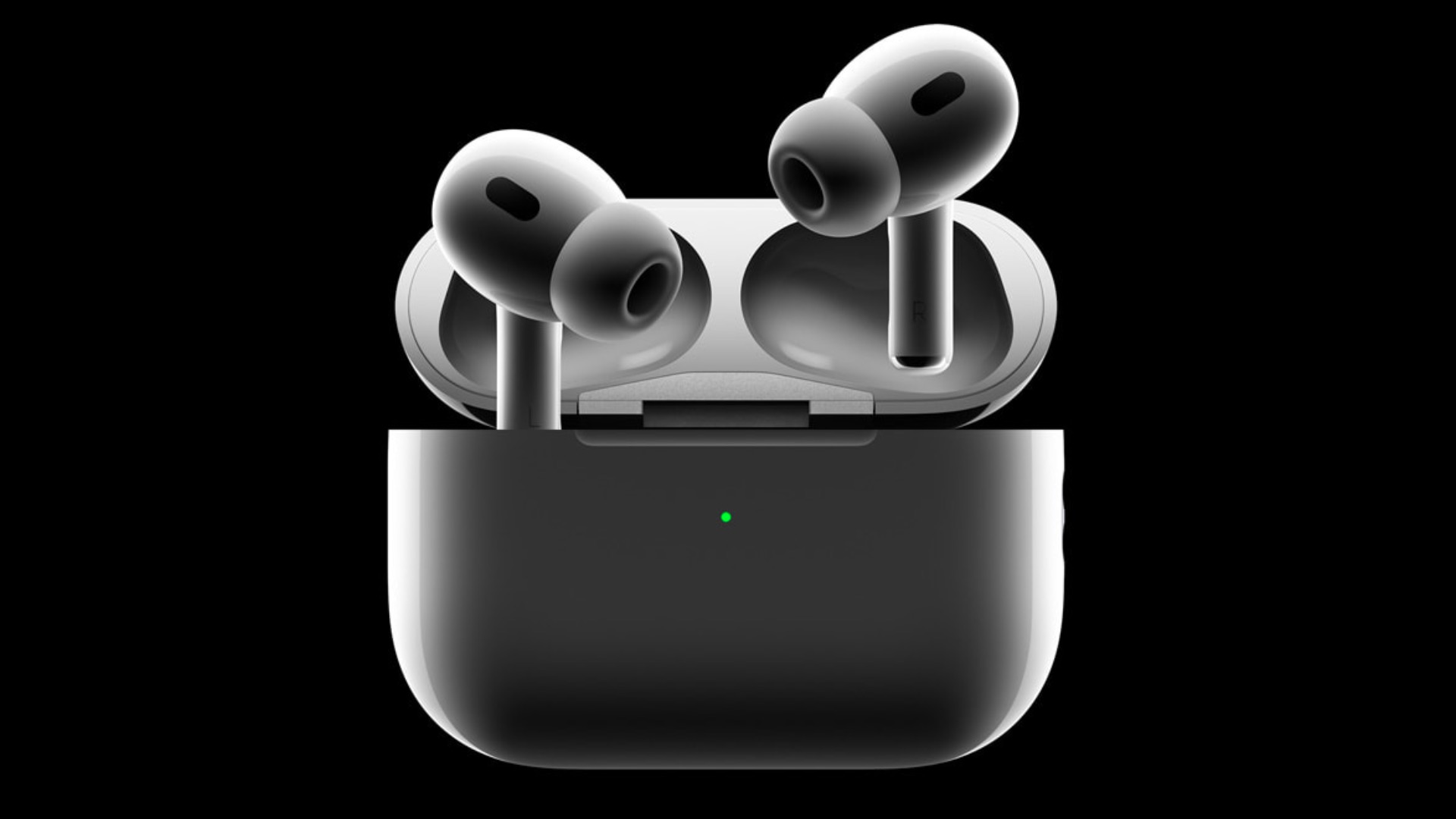

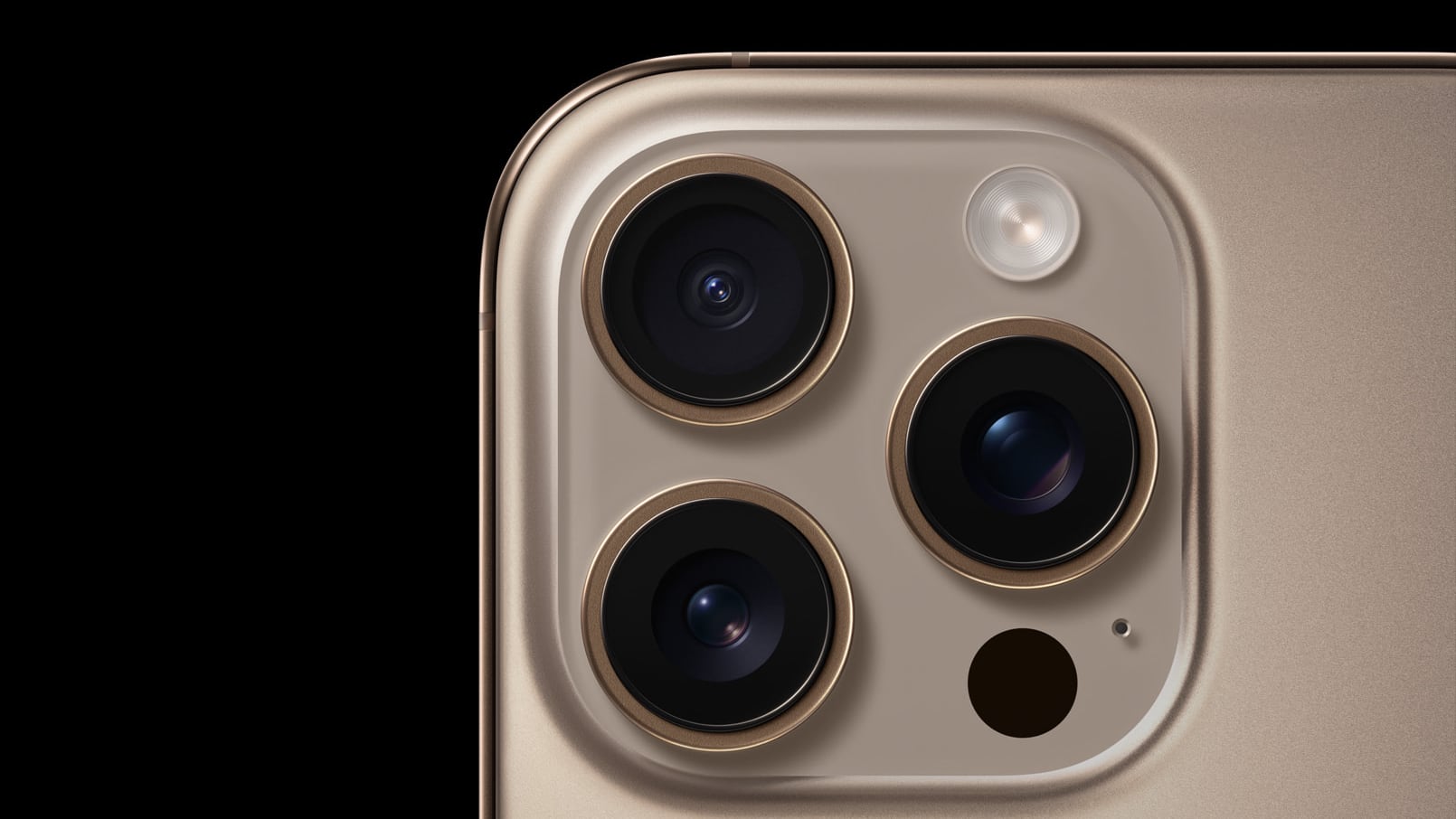
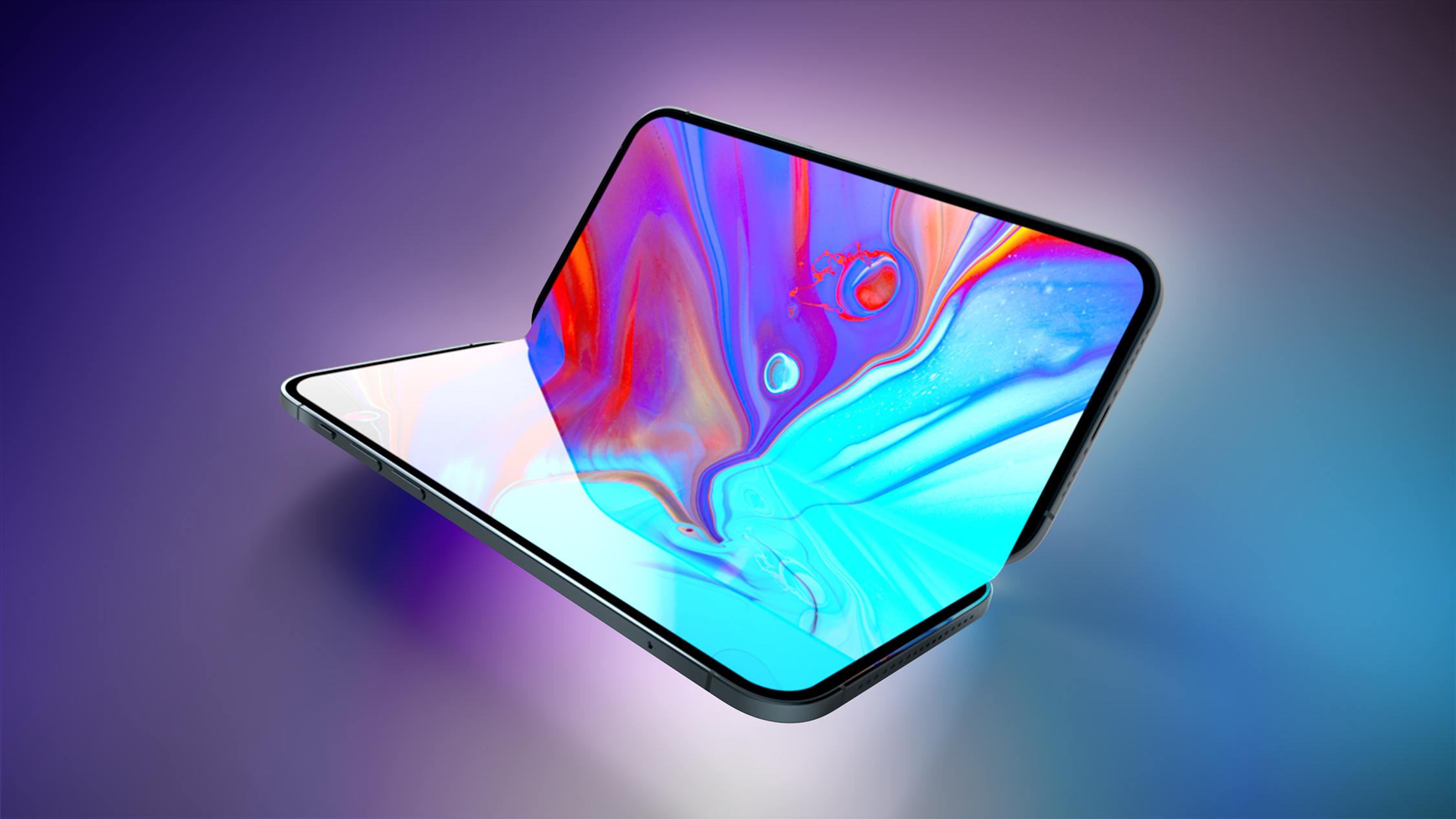


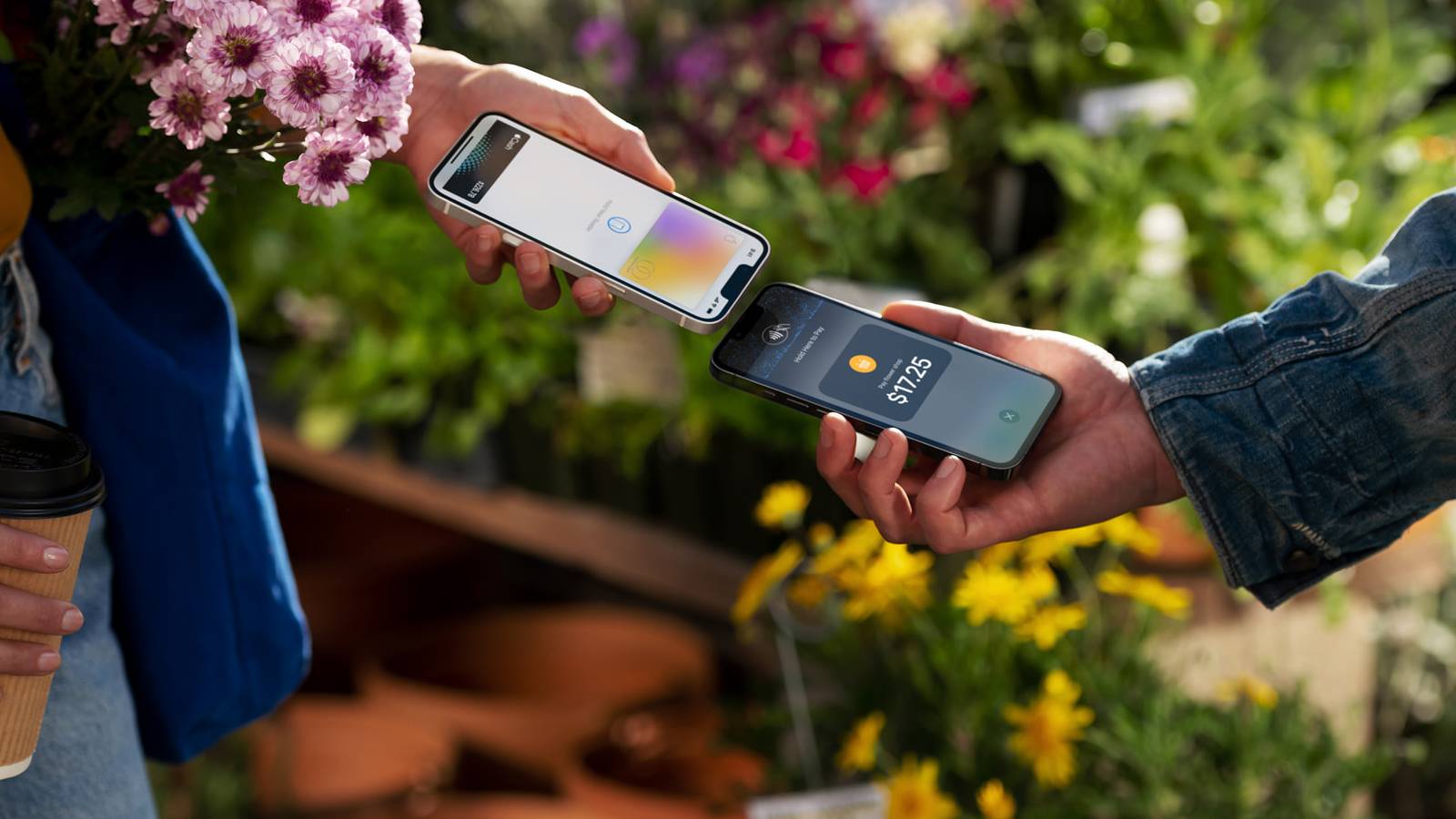
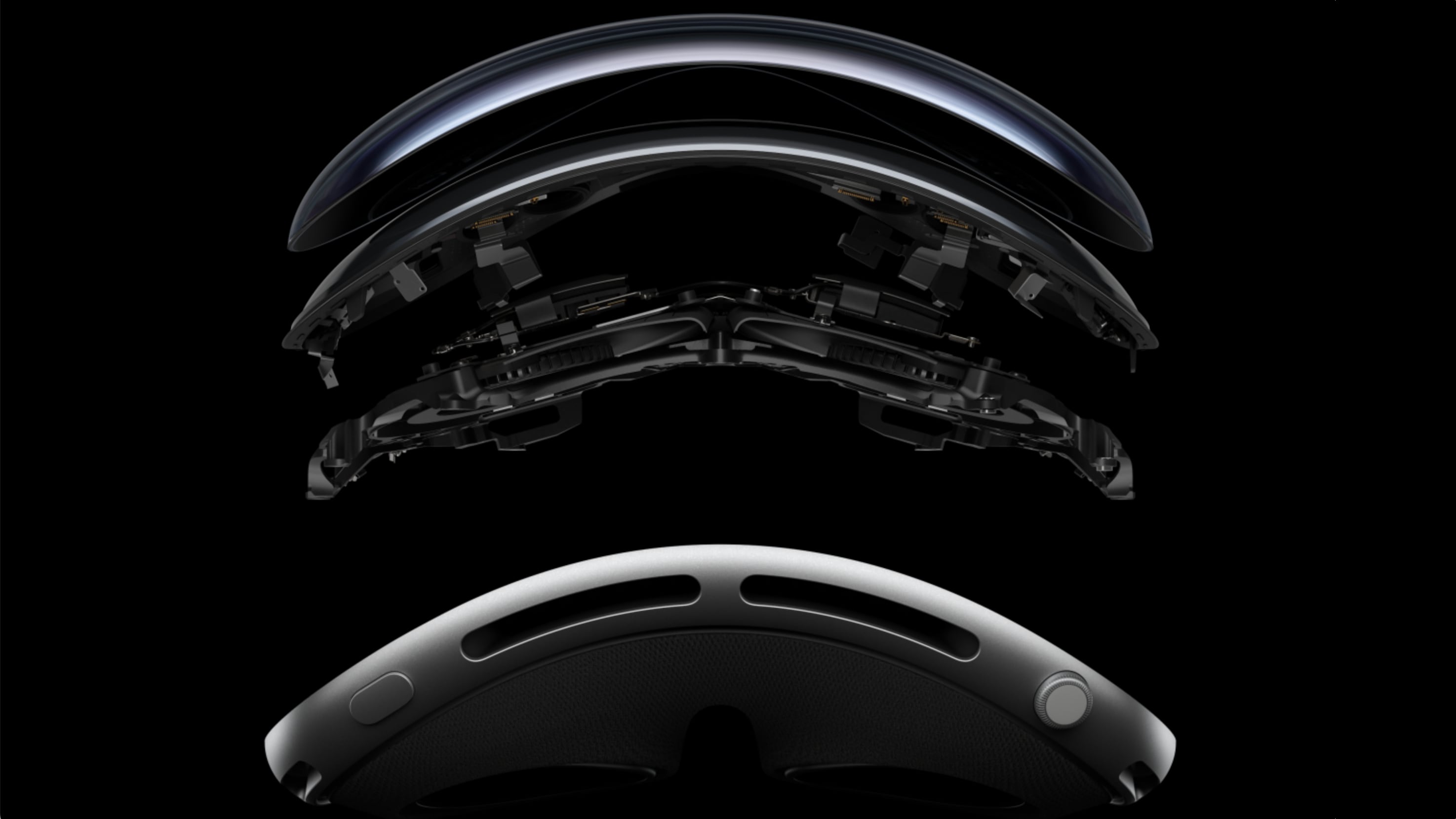
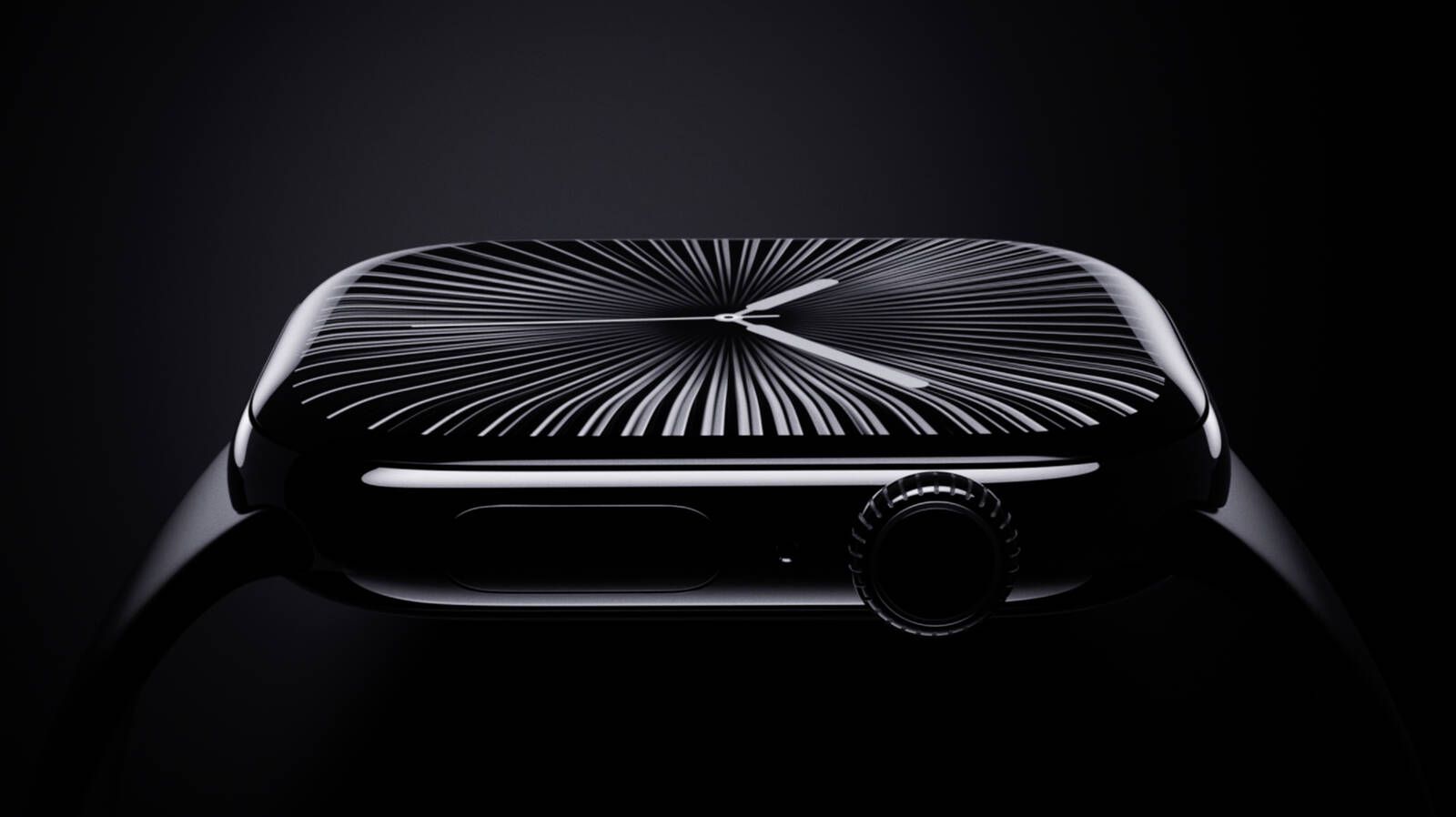
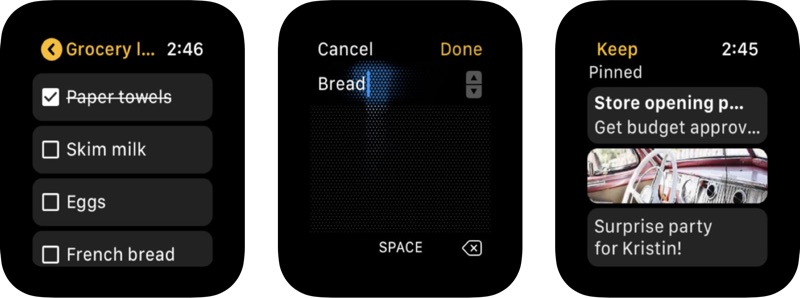 The Google Keep app for Apple Watch as it was upon release in 2019.
The Google Keep app for Apple Watch as it was upon release in 2019.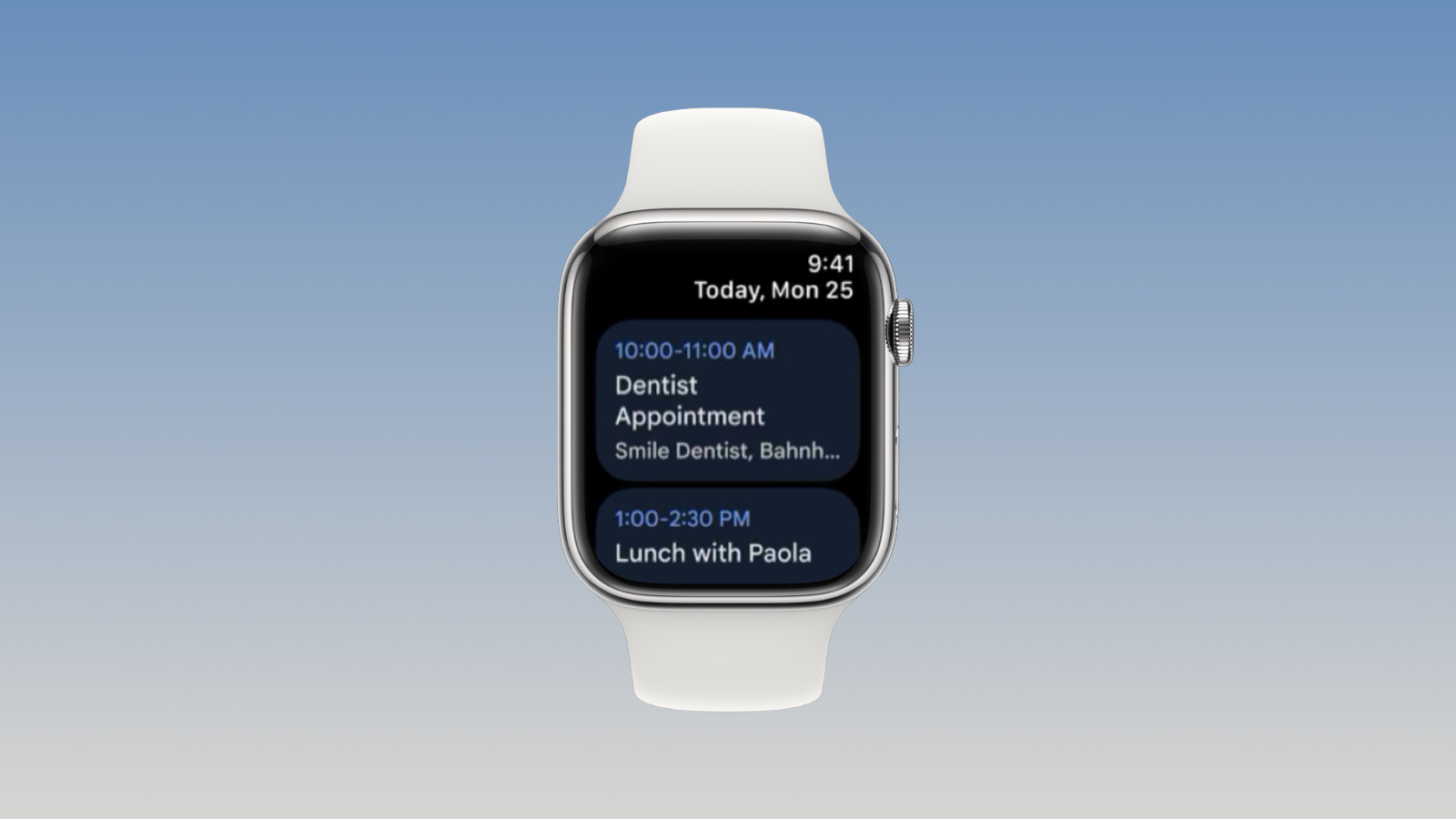

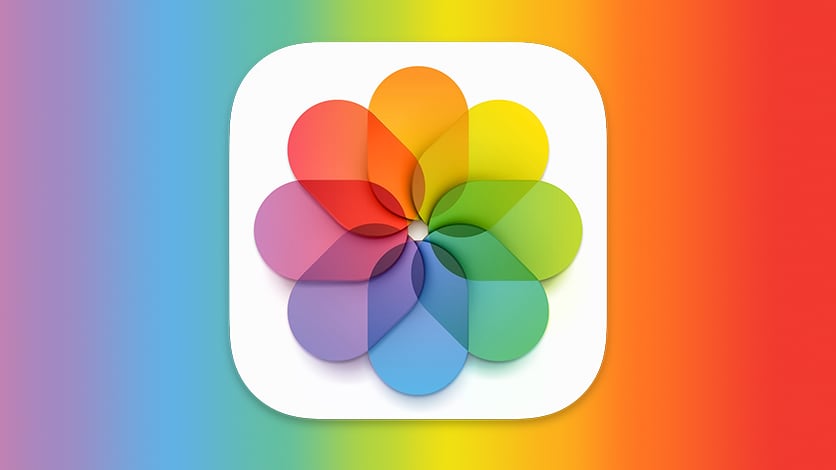

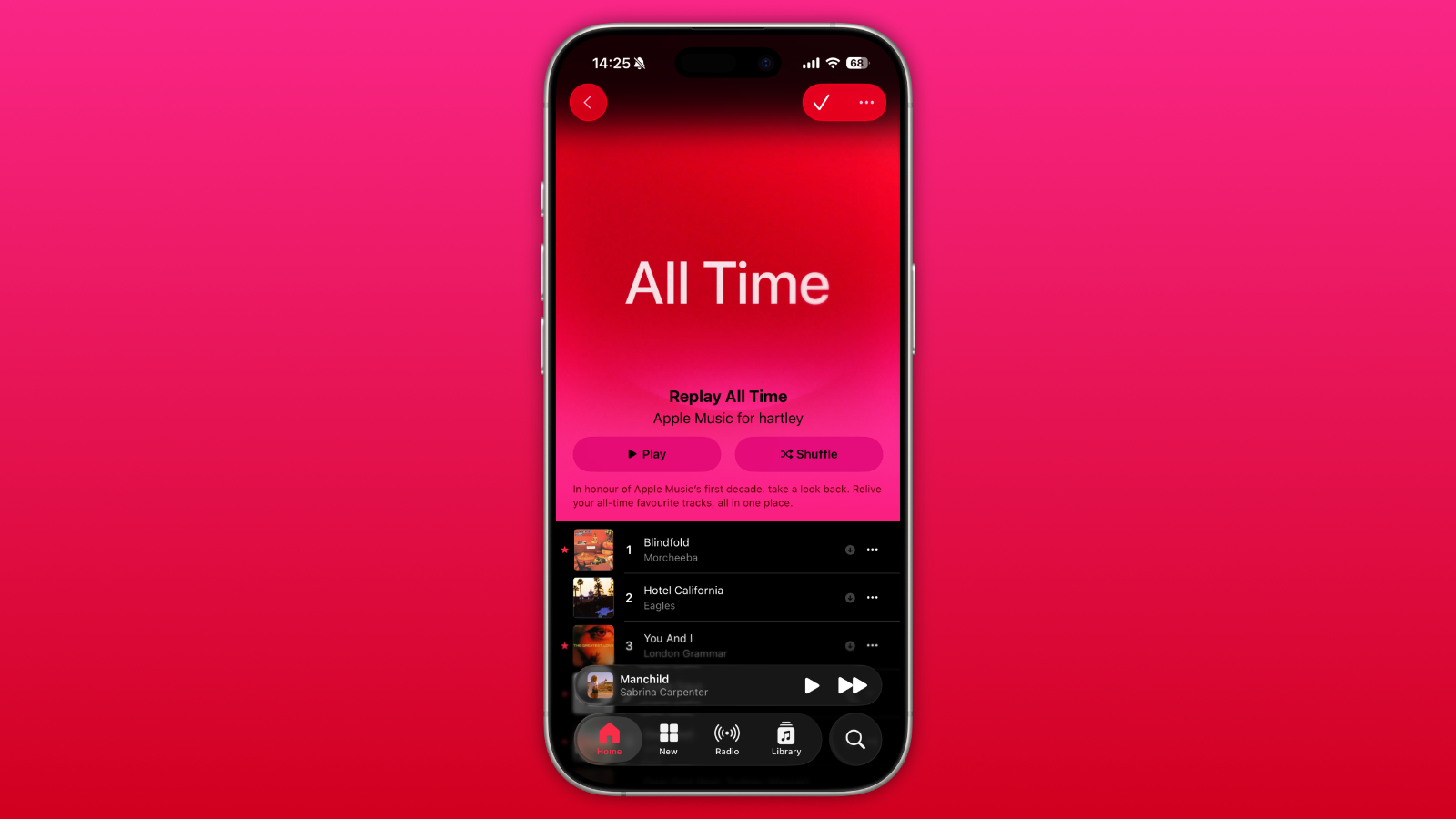
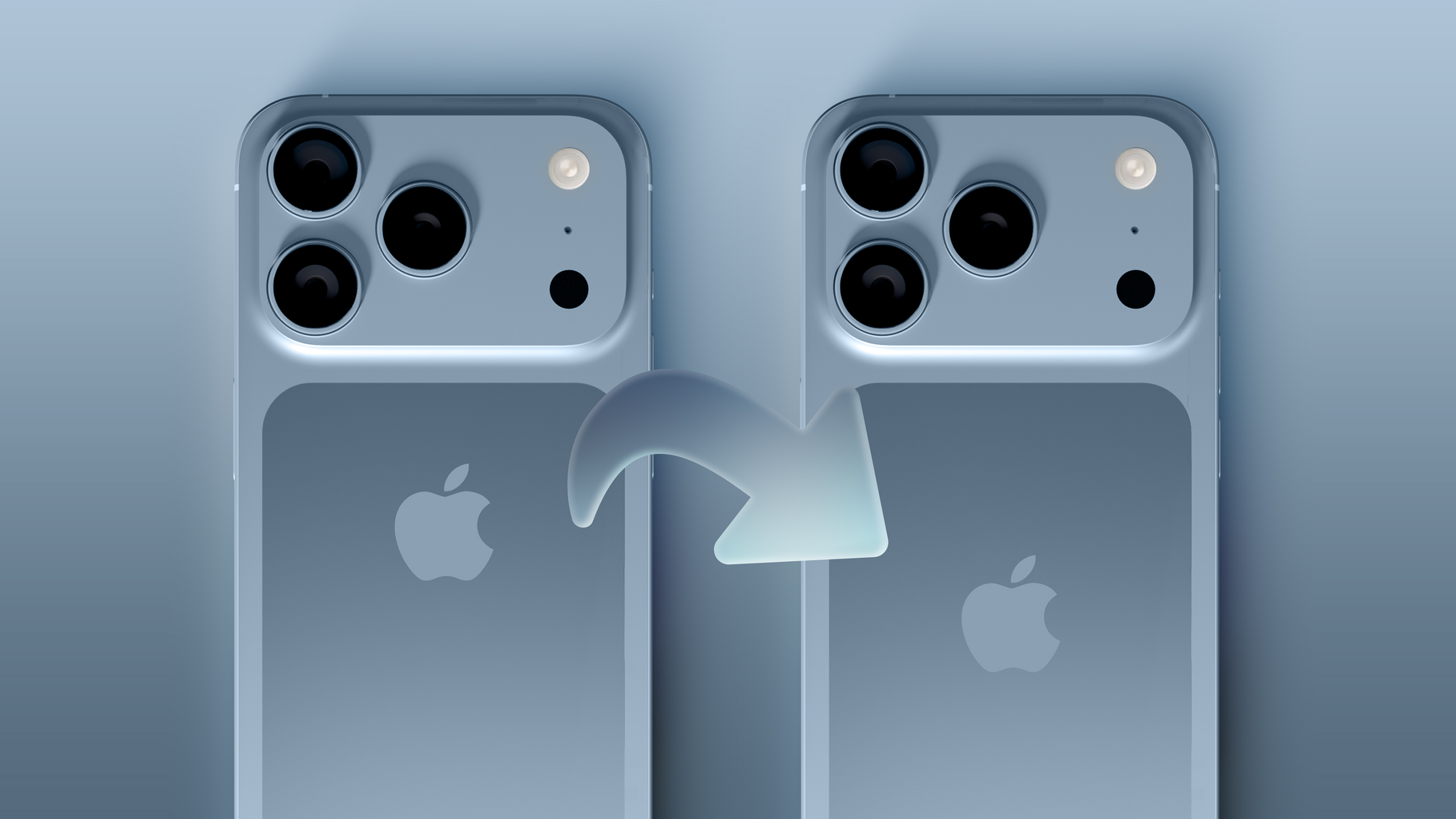
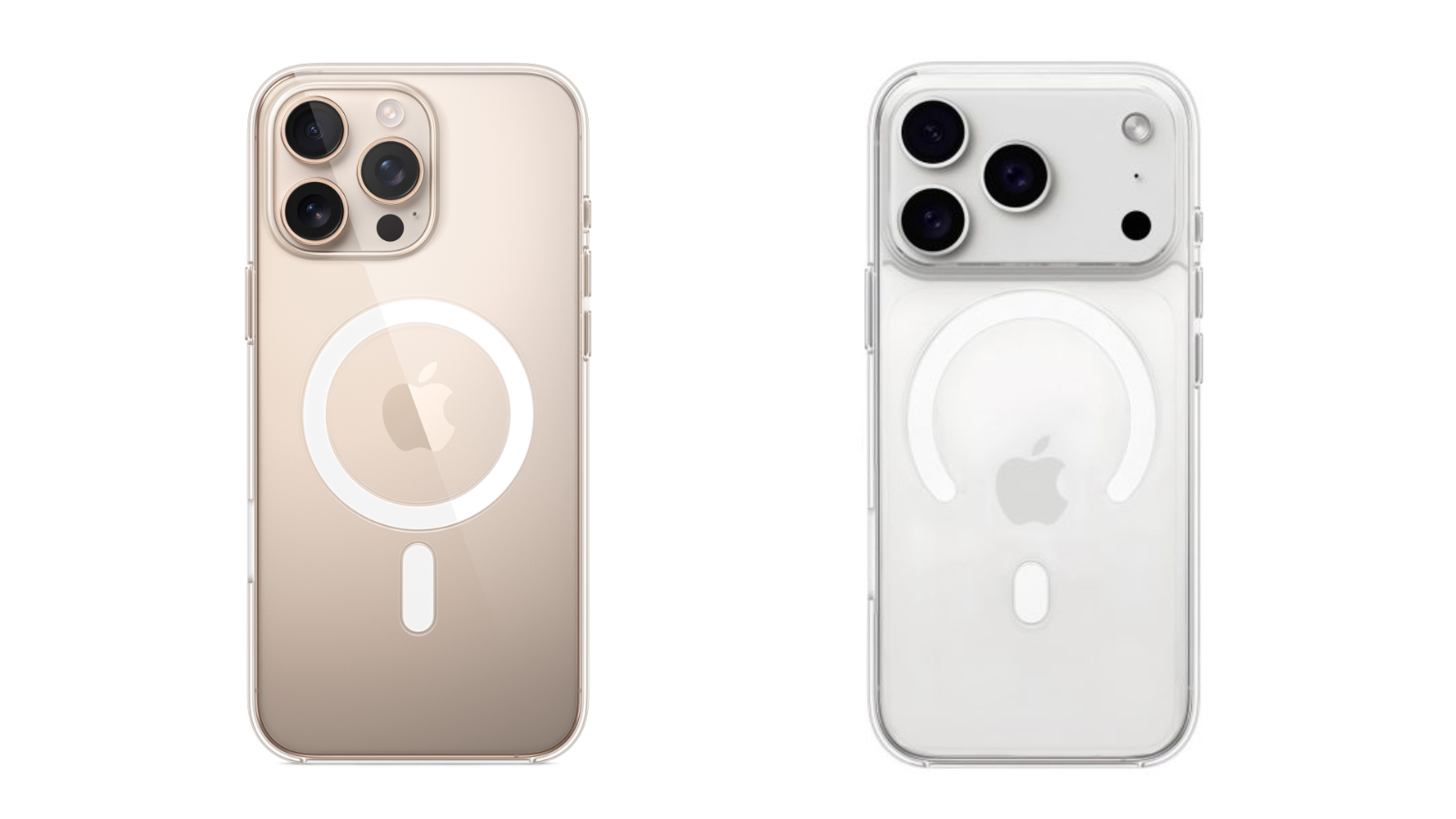 Apple's
Apple's 